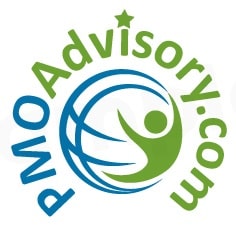“The first must-do involves project definition and business case. The business case establishes whether the project is viable in terms of the risks and returns on a project. The choice of strategy is also critical to the management of uncertainty, change and complexity that surrounds 21st century projects. Picking the right strategy requires risk assessment, development of options, trade-off studies, and SWOT analysis.
Organizational culture plays a major role in how easy or difficult the project will be to plan and execute. The availability of funds and other resources like human resources need to be thought through during the planning stage. Next is the development of a project schedule, ideally a graphical representation of project tasks and time that provides a broad understanding of the project and detailed calculations of the work required.
Projects often involve multiple stakeholders with conflicting interests. Therefore, the success or failure of any project depends on how quickly and fairly project conflict can be resolved. Strong and frequent communication to stakeholders helps to bridge any gaps between views that don’t align perfectly”. – Alexandra Levit, edited & excerpted from her article “Best Practices and Challenges for 21st Century Project Management” @ Intuit (Quickbase), click here to read the article in its entirety.
Well said and we agree! PMO Advisory offers courses throughout the year designed for project professionals interested in Portfolio (PfMP), Program (PgMP), Project (PMP & CAPM) Risk (PMI-RMP) Management, and Agile (PMI-ACP) certifications.

